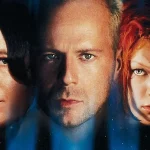Cyborg (1989)
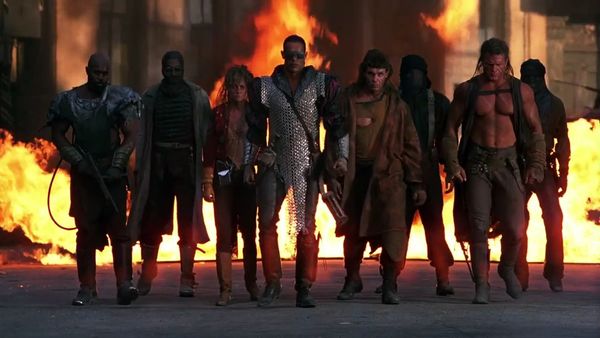
“Cyborg” (1989): A Cult Classic of Sci-Fi Action Directed by Albert Pyun
Released in 1989, “Cyborg” is a science fiction action film directed by Albert Pyun, featuring the legendary martial artist Jean-Claude Van Damme in one of his early leading roles. Although it was produced on a modest budget, “Cyborg” has gained a cult following over the years, celebrated for its unique blend of post-apocalyptic themes, martial arts, and low-budget charm. The film encapsulates the era’s fascination with technology and dystopian futures, while also showcasing Van Damme’s burgeoning star power.
Set in a grim future ravaged by plague and societal collapse, “Cyborg” presents a world where humanity is on the brink of extinction. The narrative revolves around Gibson Rickenbacker (Van Damme), a lone mercenary tasked with protecting a cyborg named Pearl Prophet (Dayle Haddon). Pearl contains vital data that could potentially save humanity from the deadly disease that has decimated the population. The antagonist, Fender Tremolo (Vincent Klyn), is a ruthless warlord who seeks to capture Pearl for his own nefarious purposes, setting the stage for a classic showdown between good and evil.
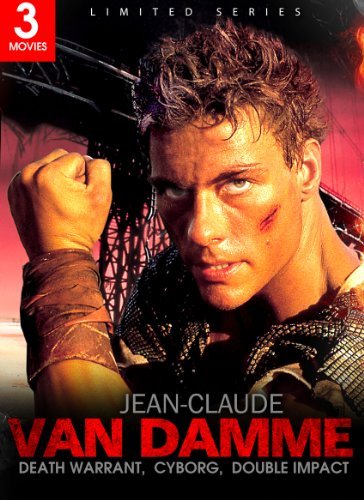
Albert Pyun’s direction is characterized by a gritty aesthetic that reflects the film’s bleak setting. Though the production faced numerous challenges, including budget constraints and a tight shooting schedule, Pyun effectively utilizes the resources at his disposal to create a visually engaging experience. The film’s cinematography, featuring desolate landscapes and dark, atmospheric lighting, enhances the sense of despair and urgency. The action sequences, central to the film’s appeal, showcase Van Damme’s martial arts skills, with choreographed fights that remain a highlight.
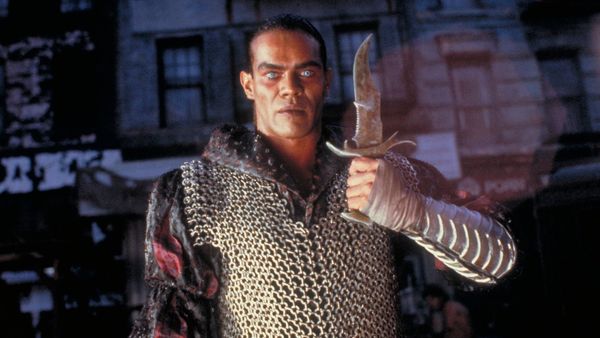
“Cyborg” is primarily categorized as an action film, but it also incorporates elements of science fiction and adventure. The film explores themes of survival, the moral implications of technology, and what it means to be human in a world increasingly dominated by machines. As Gibson fights to protect Pearl, the narrative raises questions about the intersection of humanity and technology, and the potential consequences of losing one’s humanity in pursuit of progress.
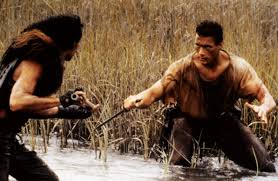
The performances in “Cyborg” offer a mix of strengths and weaknesses. Jean-Claude Van Damme delivers a charismatic performance, embodying the stoic hero archetype with physical prowess and presence. His portrayal of Gibson Rickenbacker, a character marked by both strength and vulnerability, resonates with audiences. Vincent Klyn as Fender Tremolo brings a menacing energy to the film, though some critics note that his character lacks depth. The supporting cast, including Haddon and others, contribute to the narrative but are often overshadowed by the central conflict between Van Damme and Klyn.

Upon its release, “Cyborg” received mixed reviews, with critics pointing out flaws in the plot and dialogue. However, it has since been appreciated for its campy qualities and has become a beloved entry in the sci-fi action genre. Fans often celebrate the film for its nostalgic appeal, memorable one-liners, and iconic fight scenes, which have contributed to its status as a cult classic.
In conclusion, “Cyborg” stands as a distinctive contribution to the action and science fiction genres, showcasing Albert Pyun’s directorial vision and Jean-Claude Van Damme’s early star power. Despite its low-budget origins and mixed critical reception, the film has left an enduring mark on pop culture, appealing to audiences with its thrilling action, thought-provoking themes, and campy charm. As it continues to be rediscovered by new generations, “Cyborg” remains a testament to the creativity and resilience of genre filmmaking in the late 1980s.





